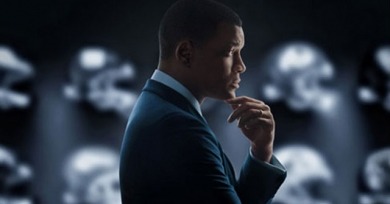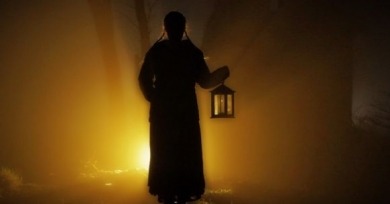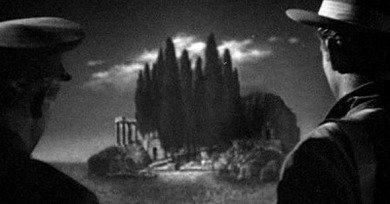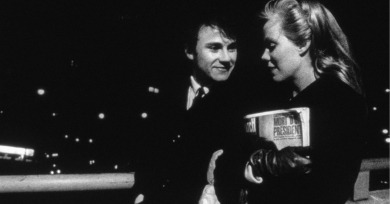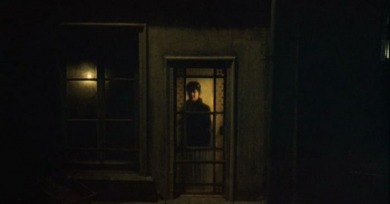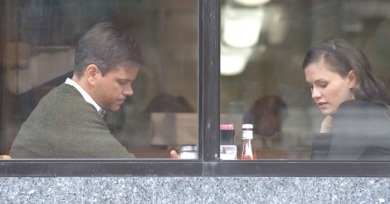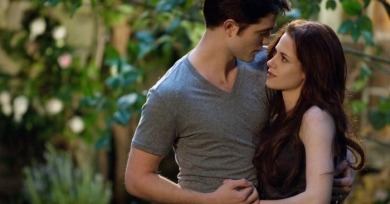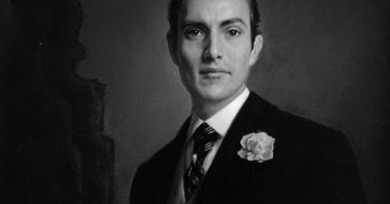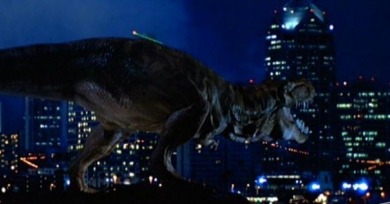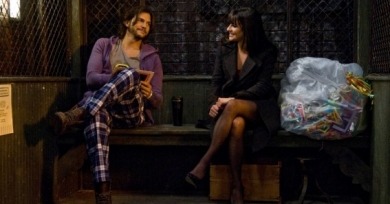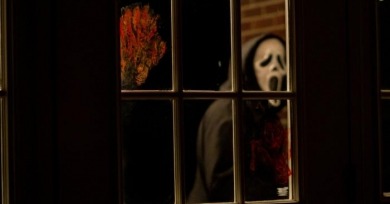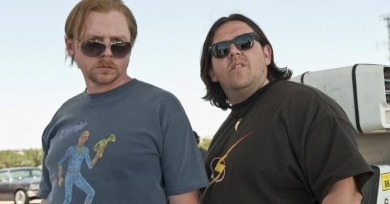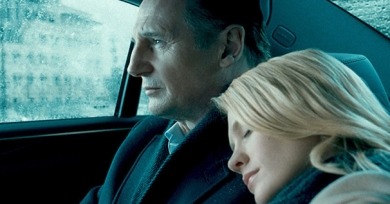Justin Stewart
Concussion hits the league surprisingly hard, actually; you don’t exit with a rosy view of the deceptive mega-corporation . . . If anything is soft in Concussion, it is the storytelling and conventionalism of the filmmaking.
A Few Great Pumpkins
The Witch, The Hound of the Baskervilles, In the Mouth of Madness/Hair, Ringu, The Visit, Nosferatu the Vampyre, Carrie
The case for this New York is made straightaway, in one of the most ravishing opening sequences in all of cinema—Gordon Willis’s sublime black-and-white static shots of the city, scored to “Rhapsody in Blue.”
Begging forgiveness, it’s the film equivalent of a pretty bouquet tossed in the general direction of Turing’s columbarium, carrying a card reading “Oops.”
A Few Great Pumpkins
Isle of the Dead, Twilight Zone: the Movie, Eyes Without a Face, Candyman, Night of the Demon, Black Sunday, The Babadook
Knocking, filmed on weekends over the course of three years and subject to reshoots and name changes throughout, was conceived as the beginning of a never-completed trilogy about Scorsese’s coming of age in Little Italy.
A Few Great Pumpkins
The Tenant; Burn, Witch, Burn; Tourist Trap; Trilogy of Terror; Ganja and Hess; Dead of Night; The Blair Witch Project
Even while I worry about Lonergan's cinematic prospects, his film makes me optimistic about the state of the medium. I picked it for this symposium not because I foresee a litter of other Margarets in the future, but because of the happy fact of its existence.
The Twilight franchise has a reputation for lacking subtlety. The choice between a shirtless werewolf boy-man (Team Jacob) and a sparkling vampire (Team Edward) has thus far been the series’ major cultural contribution.
A Few Great Pumpkins
The Picture of Dorian Gray, The Innkeepers, The Vanishing, The Seventh Victim, Lips of Blood, Repulsion, Insidious
Just because The Lost World is dino-tainment does not mean Spielberg’s emotionally absent from it. He takes escapism and fantasy too seriously to be a cynical “one for me, one for them” director.
In this follow-up to Marshall’s similar ensemble romcom from 2010, Valentine’s Day, a bedridden Robert De Niro’s dying wish, croaked out of the side of his mouth in the manner of his Flawless stroke victim, is to be allowed onto the roof of his New York City hospital so he can see that precious ball drop one last time.
“I had progressed from being a person with a literary vision to being someone with a visual vision,” he told Kevin Jackson. “And with that film I tried to back off, I tried to suppress my new literacy.” The result of this suppression was a film of bland visual ambition without a balancing surfeit, or even modicum, of ideas, wit, or poetry.
That patina of you-are-there atmospherics does little to sell the film’s stabs at state-of-the-union relevance.
The early buzz on Conan O’Brien Can’t Stop, which follows the titular talk show host on his 2010 Legally Prohibited from Being Funny on Television tour, was that it revealed a meaner, bitterer Conan, overwhelmed and lashing out at close colleagues.
The “Delicious” of that grotesquely awkward title is Dean O’Dwyer, a paraplegic Angeleno living out of his car who DJs under the name Delicious D. Thornton, himself wheelchair-bound with a broken back, plays D as a mostly unlikable cauldron of resentment and self-pity. He has reasons to be surly.
I guess it’s interesting to note that the biggest difference between this perfectly well made and completely superfluous third sequel and its now-fifteen-year-old source material is the degree to which the principal characters are film-literate.
It hadn't occurred to me that there's no real suspense in this movie following a few early revelations, but you're right, Adam. And I felt a little embarrassed for the talky Lincoln Lawyer when it resorted to some precisely timed live rounds to awaken snoozing viewers.
Paul is what happens when a movie sets out to have something for everyone and ends up with nothing for anyone.
Mechanically, Unknown, the new picture from Jaume Collet-Serra, isn’t all that different than midforties Hollywood cloak-and-dagger thrillers or later Cold War espionage actioners.
